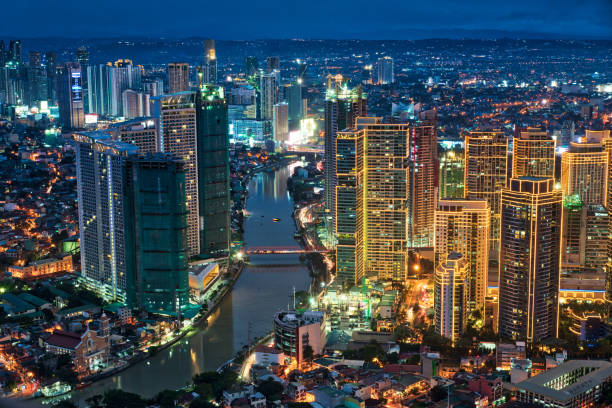WASHINGTON, D.C.: A recent study published in the Proceedings of the National Academy of Sciences has uncovered that bottled water contains significantly higher levels of plastic than previously estimated. Using an innovative technique called Stimulated Raman Scattering microscopy, scientists discovered an average of 240,000 detectable fragments of plastic per liter of water in popular brands. This finding is between 10 and 100 times higher than previous estimates, raising concerns about potential health risks that warrant further investigation.
The presence of nanoplastics in bottled water has sparked a debate about the safety of consuming such products. Beizhan Yan, an associate research professor of geochemistry at Columbia University and a co-author of the study, suggests that individuals concerned about nanoplastics should consider alternatives like tap water. However, he emphasizes that the risk of dehydration outweighs the potential impacts of nanoplastics exposure, so drinking bottled water when necessary is still advisable.
In recent years, there has been increasing global attention on microplastics, which break off from larger plastic sources and are now ubiquitous, even reaching remote locations such as polar ice caps and mountain peaks. These microplastics have infiltrated ecosystems and have been found in drinking water and food. Nanoplastics, on the other hand, are particles smaller than 1 micrometer, or a billionth of a meter. Their minuscule size enables them to pass through the digestive system and lungs, entering the bloodstream directly and potentially reaching organs like the brain and heart. They can even cross the placenta, affecting unborn babies.
While the impacts of nanoplastics on ecosystems and human health are still not fully understood, early laboratory studies have linked them to toxic effects, including reproductive abnormalities and gastric issues. Given the limited research available, further investigation is necessary to determine the extent of the risks associated with nanoplastics.
To conduct the study on nanoparticles in bottled water, the research team employed Stimulated Raman Scattering microscopy, a recently developed technique. This innovative method involves probing water samples with two lasers tuned to make specific molecules resonate, allowing a computer algorithm to identify and analyze them. The team examined three leading brands of bottled water but chose not to disclose their names, as they believe that all bottled water likely contains nanoplastics.
The results of the study revealed that there were between 110,000 and 370,000 particles per liter of water, with 90 percent of them being nanoplastics and the remaining 10 percent microplastics. The most common type of nanoplastic found was nylon, which likely originates from the plastic filters used to purify the water. Polyethylene terephthalate (PET), the plastic from which the bottles themselves are made, was the second most prevalent type of nanoplastic found. Other types of plastic enter the water when the bottle cap is opened and closed.
While this study focused on bottled water, it is worth noting that tap water has also been found to contain microplastics, although at significantly lower levels. Future research will aim to investigate the presence of nanoplastics in tap water and further explore the potential risks associated with their consumption.
In conclusion, the study’s findings shed light on the alarming levels of plastic present in bottled water. Consumers may want to consider alternatives, such as tap water, while researchers continue to investigate the potential health risks associated with nanoplastics. As the global community becomes more aware of the pervasive issue of plastic pollution, further efforts should be made to reduce plastic waste and develop sustainable solutions for a healthier planet.







